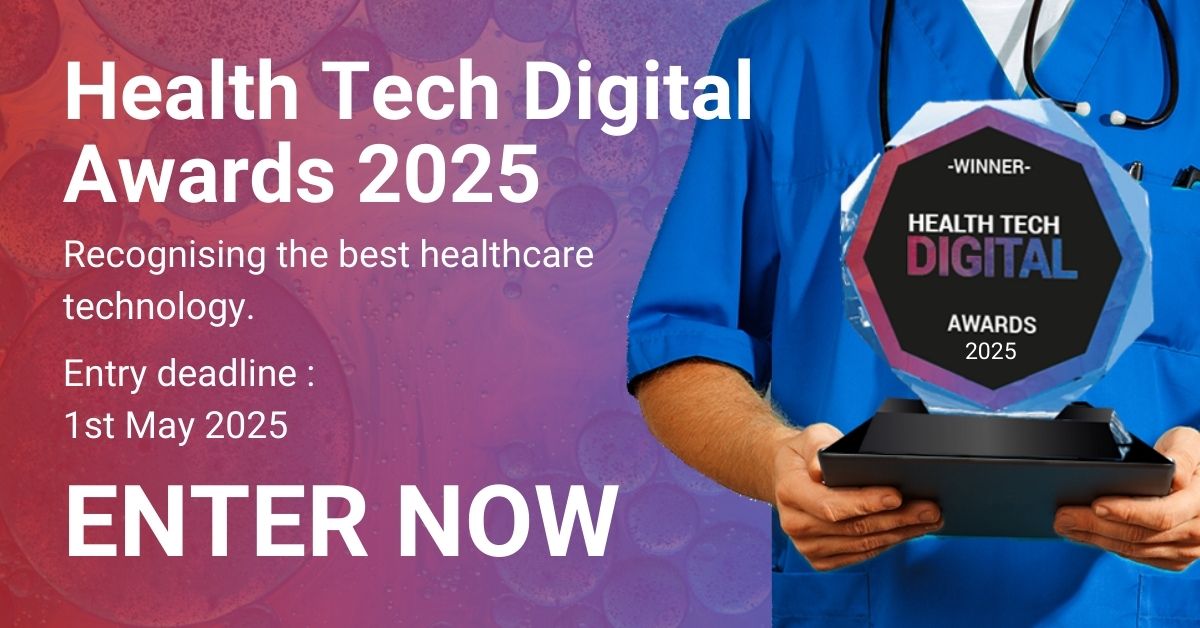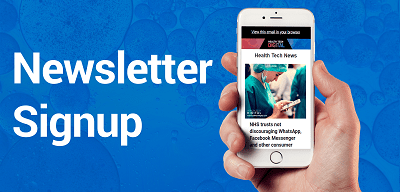 By Dr Alice Wood, GP, Buckinghamshire and Interim Clinical Director, Cognitant
By Dr Alice Wood, GP, Buckinghamshire and Interim Clinical Director, Cognitant
Patient education and engagement is fundamentally important when it comes to improving a patient’s ability to manage their health and improve their health outcomes. By educating people about their health condition, they are more likely to be able to seek, understand, and act on the health information they are given1. Insufficient health literacy can lead to health disparities, an increased use of the health system and poor health outcomes.
The influence on health from education is huge but without evaluating its performance, how can we measure its true impact on health outcomes?
Measuring the impact of patient education
Not only do we need to ensure that patient education drives the improvements in health outcomes for which the education is designed, but we need to be able to demonstrate the return on investment of the education.
We now have techniques and technology available for evaluating the impact on patients. So, do they provide a more effective method of evaluating the impact on a person’s health?
In the past, measuring the impact of health education programmes has not been easy. Typically, it has been limited to a one-off measure of knowledge acquisition, sometimes comparing a group of people who received the education with a control group who did not. However, this method does not capture the education’s impact on health outcomes.
Some have argued for the need for a conceptual framework2 and there have been recommendations to apply a randomised approach when carrying out studies.3 Indeed, the National Institute for Health and Care Excellence (NICE) has an evidence standards framework for digital health technologies.
Can modern day technology revolutionise the evaluation of patient education?
Progress in technology opens up new potential for measuring impact.
For example, we have much easier access to patients, thanks to the majority of people owning a smartphone. We can ask them questions about their health and their health knowledge over long periods of time. Electronic patient records now mean information and data about a patient is stored in one central electronic record (although only accessible with permission).
Patients can now monitor key vitals such as heart rate, glucose levels, blood pressure and blood oxygen saturation level through wearable devices and share this data throughout their life. This means a person’s health outputs can be measured over time, allowing for analysis of the data and a correlation with the health education delivered.
Big data is the big opportunity
The greatest opportunity available to us for revolutionising how we evaluate patient education is big data. Traditional data processing software struggled to process large or complex data sets but we now have big data tools which can do this. This means we can carry out more intelligent research with larger quantities of patients and data. Big data analytics also offer a range of exciting opportunities when it comes to measuring the benefits of health education.
Having a wider data set means it is now possible to connect patient records to build up a picture of how people manage their health. Trials can also be conducted with bigger groups, either online via surveys or though apps. Having two comparable groups in studies gives a better picture of outcomes. For example, Cognitant has done this by comparing the impact of written health information with avatar-led digital education programmes in patients with Diabetes and Chronic Kidney Disease. Not only did they find the response was positive but they were able to test patients’ knowledge over time.
Big data combined with using questionnaires to measure patients’ subjective views about their health could help with identifying problems early and allow them to receive specialist care more rapidly.4 For example, the LIFE team at the University of Oxford along with the KEMRI-Wellcome Trust in Oxford have developed an educational intervention for healthcare workers in Africa. The LIFE app uses a cloud database to collect anonymous data on educational outcomes5 in a cost-effective way6. In the future, they aim to link LIFE data to routinely collected healthcare data to determine how effective the app is on improving patient outcomes.
The future of improving health outcomes through education
When carrying out any form of health education the first thing to think about is the impact on the health outcome you want to achieve. The second thing is to look at whether it is measurable. If we want to measure knowledge this should not be one off. Instead, we need to test knowledge over time as this will ultimately impact on health. Increasingly, thanks to digital technology, these things are now measurable because they are more accessible.
Studies which measure the impact on health education can be carried out through observational studies or randomised control studies (RCTs). The latter ensures balance between the group of participants and prevents bias but there needs to be logic to it so that the study makes a difference and has an impact on health outcomes. Simply carrying out
observational analysis lacks matching and comparable data as it is difficult to control the variables.
So where do we go from here?
Measuring the outcomes of patient education is essential for determining its value and the broader impact on our communities. In order to measure the impact of education, both in terms of health improvements and retention of knowledge over time, we need to be able to analyse health outputs using large data sets. These could be data from wearables, patient records or from patient-reported information. For example, by linking up electronic medical records with symptom trackers the data sets would be much larger, giving a clearer picture of how they are impacting people.
Ultimately big data and digital technology can change the game by opening new avenues for modern healthcare and delivering true value for the health outcomes patients experience.












